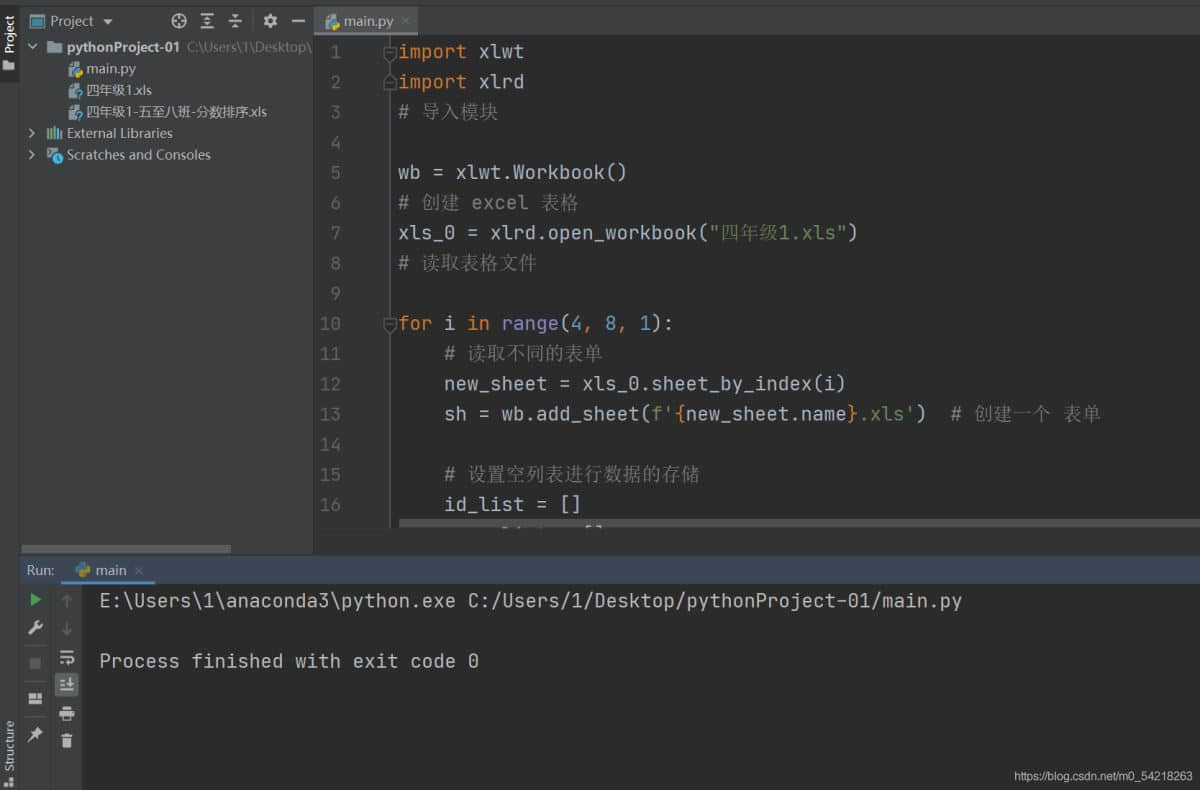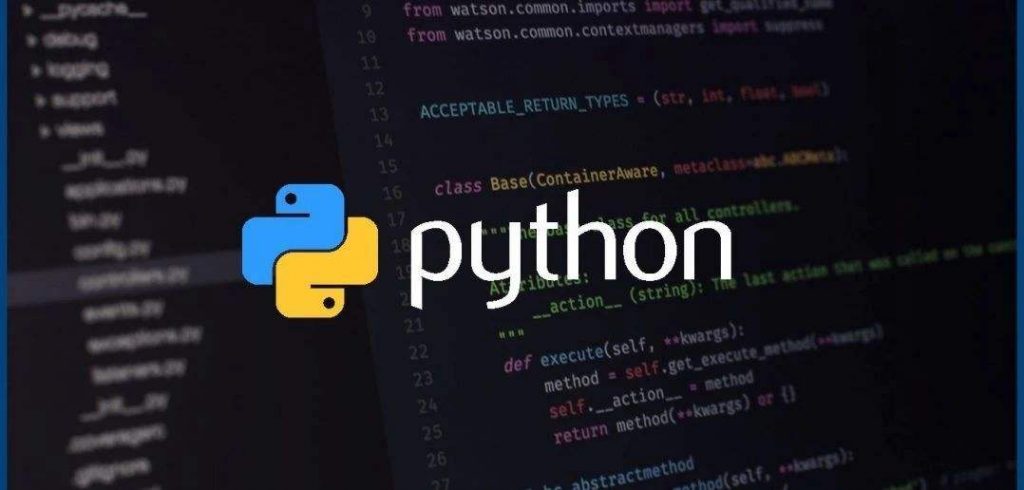学习Python过程中,发现没有switch-case,过去写C习惯用Switch/Case语句,官方文档说通过if-elif实现。所以不妨自己来实现Switch/Case功能。
使用if…elif…elif…else 实现switch/case
可以使用if…elif…elif..else序列来代替switch/case语句,这是大家最容易想到的办法。但是随着分支的增多和修改的频繁,这种代替方式并不很好调试和维护。
方法一
通过字典实现
def foo(var):
return {
'a': 1,
'b': 2,
'c': 3,
}.get(var,'error') #'error'为默认返回值,可自设置
方法二
通过匿名函数实现
def foo(var,x):
return {
'a': lambda x: x+1,
'b': lambda x: x+2,
'c': lambda x: x+3,
}[var](x)
方法三
通过定义类实现
参考Brian Beck通过类来实现Swich-case
# This class provides the functionality we want. You only need to look at
# this if you want to know how this works. It only needs to be defined
# once, no need to muck around with its internals.
class switch(object):
def __init__(self, value):
self.value = value
self.fall = False
def __iter__(self):
"""Return the match method once, then stop"""
yield self.match
raise StopIteration
def match(self, *args):
"""Indicate whether or not to enter a case suite"""
if self.fall or not args:
return True
elif self.value in args: # changed for v1.5, see below
self.fall = True
return True
else:
return False
# The following example is pretty much the exact use-case of a dictionary,
# but is included for its simplicity. Note that you can include statements
# in each suite.
v = 'ten'
for case in switch(v):
if case('one'):
print 1
break
if case('two'):
print 2
break
if case('ten'):
print 10
break
if case('eleven'):
print 11
break
if case(): # default, could also just omit condition or 'if True'
print "something else!"
# No need to break here, it'll stop anyway
# break is used here to look as much like the real thing as possible, but
# elif is generally just as good and more concise.
# Empty suites are considered syntax errors, so intentional fall-throughs
# should contain 'pass'
c = 'z'
for case in switch(c):
if case('a'): pass # only necessary if the rest of the suite is empty
if case('b'): pass
# ...
if case('y'): pass
if case('z'):
print "c is lowercase!"
break
if case('A'): pass
# ...
if case('Z'):
print "c is uppercase!"
break
if case(): # default
print "I dunno what c was!"
# As suggested by Pierre Quentel, you can even expand upon the
# functionality of the classic 'case' statement by matching multiple
# cases in a single shot. This greatly benefits operations such as the
# uppercase/lowercase example above:
import string
c = 'A'
for case in switch(c):
if case(*string.lowercase): # note the * for unpacking as arguments
print "c is lowercase!"
break
if case(*string.uppercase):
print "c is uppercase!"
break
if case('!', '?', '.'): # normal argument passing style also applies
print "c is a sentence terminator!"
break
if case(): # default
print "I dunno what c was!"
# Since Pierre's suggestion is backward-compatible with the original recipe,
# I have made the necessary modification to allow for the above usage.
查看Python官方:PEP 3103-A Switch/Case Statement
发现其实实现Switch Case需要被判断的变量是可哈希的和可比较的,这与Python倡导的灵活性有冲突。在实现上,优化不好做,可能到最后最差的情况汇编出来跟If Else组是一样的。所以Python没有支持。
到此这篇关于python中Switch/Case实现的示例代码就介绍到这了。再见,也许永远不见,我内心固执地追求,只有我自己看得见,但我希望我没错。更多相关python中Switch/Case实现的示例代码内容请查看相关栏目,小编编辑不易,再次感谢大家的支持!





